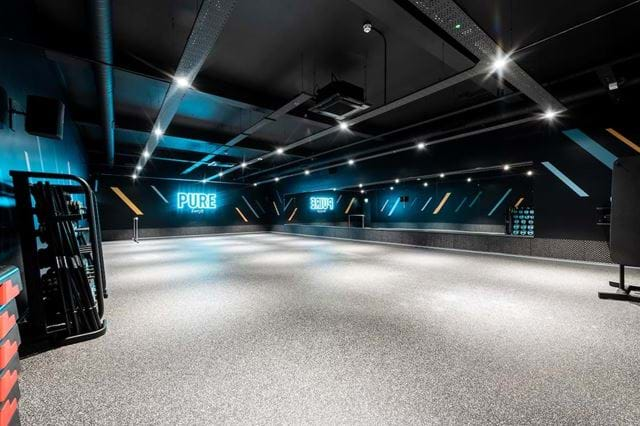
As a cisgender, masculine, white, and able-bodied person I am of course very privileged in my own ease of access to fitness spaces. While I am constantly attempting to educate myself on the lived experiences and injustices of marginalised communities, I cannot pretend to not harbour my own unconscious biases or blind spots. What I can commit to is using my position to make fitness as accessible as possible to clients who are members of marginalised communities – both in terms of how we use and navigate the facilities available, and my own conduct and communication during sessions.
In cases where I am ignorant or uninformed of an aspect of your lived experience, I will do my best to educate myself. In cases where my own privilege and unconscious biases manifest themselves, I will apologise and engage with rectifying the situation in good faith. In any case where you as a member of a marginalised community experience discrimination, hostility, or exclusion while using the facilities, I will do my best to act as an active ally and deal with whatever injustice has occured.
In a society constructed for a ‘norm’ which queer, disabled, neurodiverse, and non-white individuals are treated as a ‘deviation’ from, I also cannot pretend that those injustices fade away at the door of the commercial gym I work within. At peak times the venue can get significantly crowded, with a fair amount of testosterone in the air. This of course may pose significant barriers to a wide variety of marginalised individuals. Mirrors being present throughout the gym and single-sex changing rooms may also pose barriers to transgender and gender-diverse individuals who experience gender dysphoria.
While these potential barriers cannot be eliminated entirely, there are practical decisions which can be made in planning a PT session within the venue which make it better suited to the requirements of marginalised individuals. In addition to single-sex locker rooms, the venue also has accessible changing/toilet/shower facilities and lockers on the gym floor itself.
Scheduling sessions outside of peak times means that the mix of individuals present in the gym is far more diverse than the post-school rush. Avoiding overcrowding not only mitigates barriers associated with noise levels and being in other individuals’ line of sight, but also increases access to areas of the gym which may be better suited to some individuals. Pictured below, the functional area (left) is generally more sparsely populated and out the view of mirrors, while the studio space (right) is isolated from the rest of the gym and generally used by a minimal number of people at a time.


If there are any other ways I have not outlined which would lead to sessions better suited to your and your circumstances, I will do my best work with you on putting them into practice. While internal biases and external barriers cannot entirely be overcome, I do not believe that the correct response is to ignore them or resign fitness to only being accessible to individuals who society considers to fall into the ‘norm’. Instead I am determined to acknowledge and confront them; utilising my privilege to make steps towards broadening access to fitness and fitness venues to all – albeit however marginally and imperfectly.
